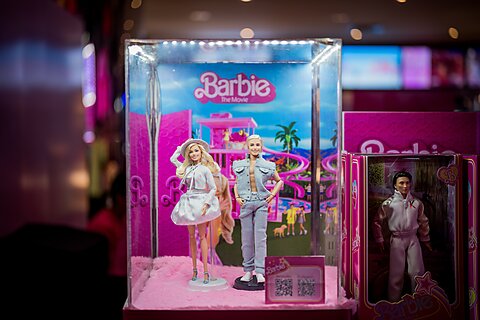Today, I published a piece in Real Clear Policy highlighting Mattel’s Barbie supply chain and why manufacturing products in multiple countries is positive. Here’s a summary:
The toymaker behind Barbie’s iconic brand, Mattel, is one of the largest in the world and it exemplifies today’s global supply chains. Despite being known for her Malibu Dreamhouse, Barbie and her accessories come from all over the world—and for good reason. Different countries—much like different stores—offer different advantages. Barbie is small, requires intricate production, and has steady demand, while her Dreamhouse is big and heavy, and not purchased as frequently. These different factors mean that one is suitable to produce in one place and other parts somewhere else. However, the fact that the doll and her house aren’t made in America does not mean that Americans don’t add value to Mattel’s production process. In fact, quite the opposite is true. Read the full story here.
Plus, here’s a fun tariff reclassification case that didn’t make the op‐ed:
Today, there are no tariffs on Barbie imports. However, this was not always the case. In the 1990s, Toy Biz Inc. brought an action to have certain action figures reclassified as “Toys representing animals or other non‐human creatures” because the tariffs on these figures were 6.8% compared to 12% for “Dolls representing only human beings.” The tariff schedule no longer disaggregates dolls this way and the preferential tariff rate is zero. Dolls were temporarily subject to Section 301 tariffs imposed on China in 2018, but the list dolls were included on has since been suspended.
It’s a great free trade story on all fronts for Barbie!

